
Hotel Post was a service offered by remote Swiss hotels for the carriage of mail to the nearest official post office.

Hotel Post was a service offered by remote Swiss hotels for the carriage of mail to the nearest official post office.
In the nineteenth century, Switzerland developed an important tourist industry. Some hotels in remote areas that were not serviced by the Swiss Post Office offered a service to guests of carrying their mail to the nearest official post office for a fee paid by the purchase of a specially printed stamp. The first hotel stamp was issued by Rigi Kaltbad in 1864, followed by hotels at Rigi Scheideck, Belalp, Kurort Stoos, Maderanerthal and Rigi Kulm. [1]
These services became unnecessary as the Swiss railway was extended and a normal postal service introduced. After 20 September 1883, all remaining services were prohibited by the Swiss government. [2]
Hotels in several other countries have issued stamps including in Austria, Hungary, Egypt (Shepheard's Hotel, Cairo), Japan (The Imperial Hotel, Tokyo), Romania and Singapore (Raffles Hotel). In Hungary stamps were issued at Carpathian resorts for Kurhaus auf der Hohen Rinne between 1895 and 1926, Magura in 1903 and 1911, and Bistra in 1909 to 1912. These resorts were part of Rumania after World War One. In Austria stamps were issued for Kesselfall-Alpenhaus and Moserboden between 1927 and 1938 and Katschberghohe in 1933-38. [3] Stamps were also issued at a hotel in the Kulmi Mountain region of Liechtenstein. [4]
Hotel stamps are regarded as local or cinderella stamps.

Philately is the study of postage stamps and postal history. It also refers to the collection and appreciation of stamps and other philatelic products. While closely associated with stamp collecting and the study of postage, it is possible to be a philatelist without owning any stamps. For instance, the stamps being studied may be very rare or reside only in museums.

Transylvania is a historical and cultural region in Central Europe, encompassing central Romania. To the east and south its natural border is the Carpathian Mountains and to the west the Apuseni Mountains. Broader definitions of Transylvania also include the western and northwestern Romanian regions of Crișana and Maramureș, and occasionally Banat. Historical Transylvania also includes small parts of neighbouring Western Moldavia and even a small part of south-western neighbouring Bukovina to its north east.

Cluj-Napoca, or simply Cluj, is a city in northwestern Romania. It is the second-most populous city in the country and the seat of Cluj County. Geographically, it is roughly equidistant from Bucharest, Budapest and Belgrade. Located in the Someșul Mic river valley, the city is considered the unofficial capital of the historical province of Transylvania. For some decades prior to the Austro-Hungarian Compromise of 1867, it was the official capital of the Grand Principality of Transylvania.
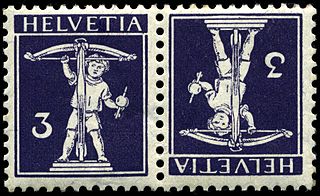
This is a survey of the postage stamps and postal history of Switzerland.

Aiud is a city located in Alba County, Transylvania, Romania. The city's population is 21,307 (2021). It has the status of municipiu. The city derives its name ultimately from Saint Giles (Aegidius), to whom the first church in the settlement was dedicated when built.
Avram Iancu Cluj International Airport is an airport serving the city of Cluj-Napoca, Romania. Initially known as Someșeni Airport, it is located 9 km (5.6 mi) east of the city centre, in the Someșeni area, which is now within the Cluj-Napoca city limits. The airport is named in honour of Romanian revolutionary Avram Iancu.
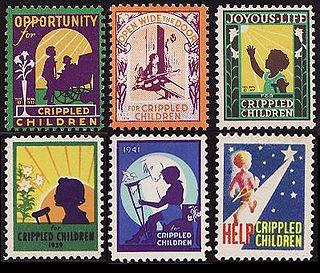
In philately, a cinderella stamp is a label that resembles a postage stamp, but which is not issued for postal purposes by a government administration. There is a wide variety of cinderella stamps, such as those printed for promotional use by businesses, churches, political or non-profit groups. The term excludes imprinted stamps on postal stationery.

Bistrița is the capital city of Bistrița-Năsăud County, in northern Transylvania, Romania. It is situated on the Bistrița River. The city has a population of 78,877 inhabitants as of 2021 and administers six villages: Ghinda, Sărata, Sigmir, Slătinița, Unirea and Viișoara. There is a project for the creation of a metropolitan area that will contain the municipality of Bistrița and 3 surrounding localities, whose combined population would be over 91,600 inhabitants.
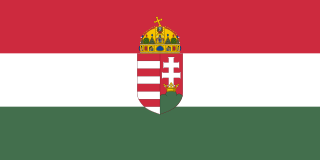
Northern Transylvania was the region of the Kingdom of Romania that during World War II, as a consequence of the August 1940 territorial agreement known as the Second Vienna Award, became part of the Kingdom of Hungary. With an area of 43,104 km2 (16,643 sq mi), the population was largely composed of both ethnic Romanians and Hungarians.

Asociația Sportivă Fotbal Club Universitatea Cluj, commonly known as Universitatea Cluj or simply as U Cluj, is a Romanian professional football club based in the city of Cluj-Napoca, Cluj County, that competes in the Liga I.

The Babeș-Bolyai University is a public research university located in Cluj-Napoca, Romania. It was created from a 1959 merger of Bolyai University and Victor Babeș University, whose histories can be traced to the Academia/Universitas Claudiopolitana founded in 1581. It occupies the first position in the University Metaranking, initiated by the Romanian Ministry of Education and Research in 2016

L.N. and M. Williams were a philatelic writing partnership made up of brothers Leon Norman Williams and Maurice Williams (1905–1976).
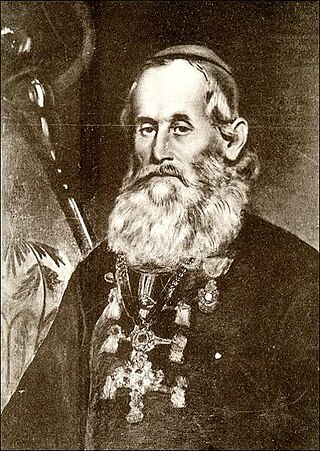
Alexandru Sterca-Șuluțiu, also called Alexandru Sterca-Șuluțiu de Cărpiniș, was an ethnic Romanian Eastern Catholic cleric in Imperial Austrian Transylvania, and the Metropolitan of the Transylvanian Greek Catholic Church. He was the brother of 1848 revolutionary commander Ioan Sterca-Șuluțiu.
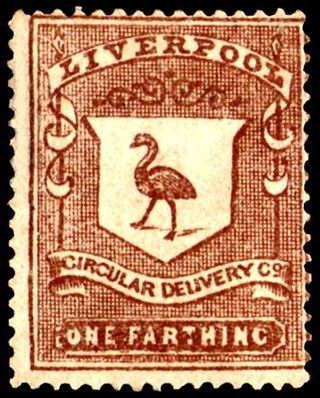
In postal history, a circular delivery company was a type of company which operated in Great Britain between 1865 and 1869 to deliver circulars and other printed matter at rates lower than the British Post Office charged. The service was outlawed in 1869 and a new cheaper postage rate for printed matter was introduced in 1870. The stamps issued by the companies are much sought after by philatelists.
The poster stamp was an advertising label, a little larger than most postage stamps, that originated in the mid-19th century and quickly became a collecting craze, growing in popularity until World War I and then declining by World War II until they were almost forgotten except by collectors of cinderella stamps.

The Reformed Diocese of Transylvania is a moderately conservative Reformed, Calvinist church in Romania; its seat is in Cluj-Napoca. Alongside the Reformed Diocese of Királyhágómellék, which has its seat in Oradea, it forms the Reformed Church in Romania.

Vasile Mangra was an Austro-Hungarian cleric of the Romanian Orthodox Church and historian.

Alexandru I. Lapedatu was Cults and Arts and State minister of Romania, President of the Senate of Romania, member of the Romanian Academy, its president and general secretary.
Wolfgang Baldus is a German graphic designer, artist, and philatelic writer. He is known for authoring and publishing books on cinderella stamps in the series History and Background Stories of Unusual Stamps and for his works on the philatelic forgeries and propaganda parodies produced by both sides during the First and Second World Wars.

The Museum of Communication is an interactive museum dedicated to the subject of communication in Bern, Switzerland. In 2019 it was awarded the Council of Europe Museum Prize. It was founded in 1907 as the corporate museum of Swiss Post, the national postal service of Switzerland. The restructuring of the museum into a foundation of Swiss Post and Swisscom led to a broadening of the overall theme and a new name, the Museum of Communication. The latest incarnation of the museum, which opened its doors with a redesigned permanent exhibition in 2017, is focused completely on its visitors.